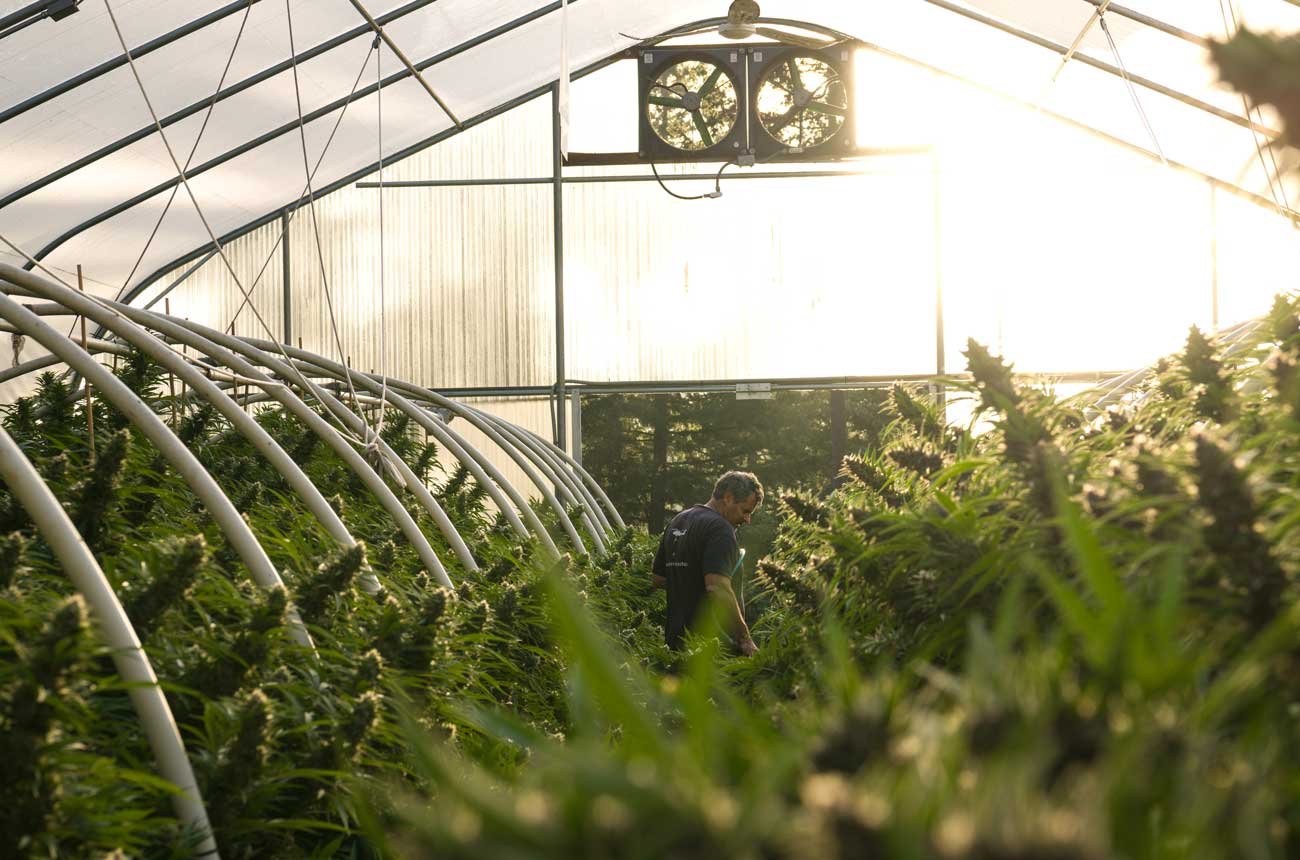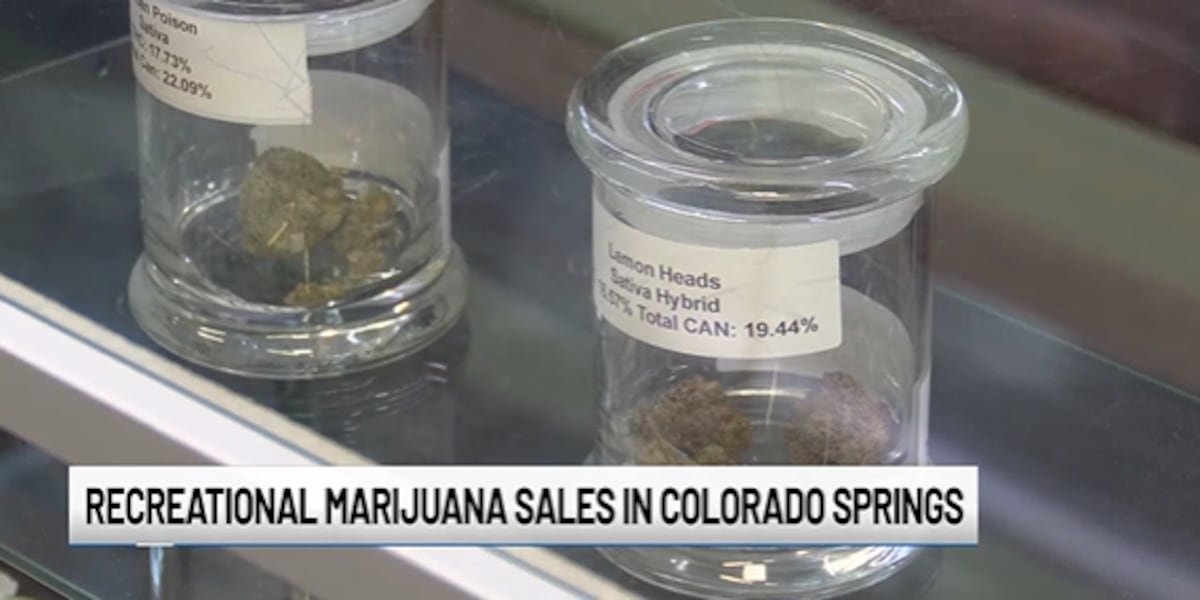California’s Napa Valley and Humboldt County are renowned for their exceptional produce, particularly in wine and cannabis. Both regions have unique climates that foster high-quality crops, yet small producers in both industries face significant challenges in the marketplace.
Humboldt County is especially famous for its cannabis, which is legal in California but still classified as a Schedule I drug by the U.S. Federal Government. Located about four hours north of San Francisco, the region has a rich history of cannabis cultivation. However, the area is also known for its struggles, highlighted by infamous events such as the DEA raids in the 1980s and ’90s, as depicted in the Netflix series “Murder Mountain.” Today, many marijuana growers feel they are living in the shadows of Humboldt’s illustrious past.
In recent years, the bulk cannabis industry has shifted southward in California, where large commercial brands focus on producing distillate products like vape pods, often neglecting the actual cultivation of the cannabis plant. This trend is similar to the way bulk wine grapes are farmed in California’s Central Valley, contrasting sharply with the hands-on viticulture practices of smaller producers in Napa and Sonoma.
When California legalized recreational marijuana in 2016, it implemented new regulations that severely restricted small farmers from selling their crops directly to consumers. This change has further distanced consumers from the source of their cannabis. Like the struggles faced by small family-owned wineries, legacy cannabis growers are also fighting to maintain their heritage while producing high-quality products.
One notable grower is Johnny Casali, who runs Huckleberry Hills Farm. As a second-generation farmer, Casali not only cultivates excellent cannabis flowers but also develops genetics used by many top growers in Humboldt. This genetic manipulation mirrors the practice in the wine industry, where crossing varietals, such as Cabernet Franc and Sauvignon Blanc to create Cabernet Sauvignon, is common. Similarly, the cannabis strain Moroccan Peaches is a hybrid of Spanish Barbara and Lemon Tree Skorange, tracing its lineage back to historic strains from Afghanistan and Morocco.
The influence of terroir is significant in both wine and cannabis production, affecting the stylistic qualities of the final product. Griffin Bramble, a long-time grower from Humboldt, shares that the unique characteristics of a location—such as microclimates and soil—play a crucial role in the resin content and flavor of cannabis plants. He emphasizes that these elements are as vital to cannabis cultivation as they are to wine production.




